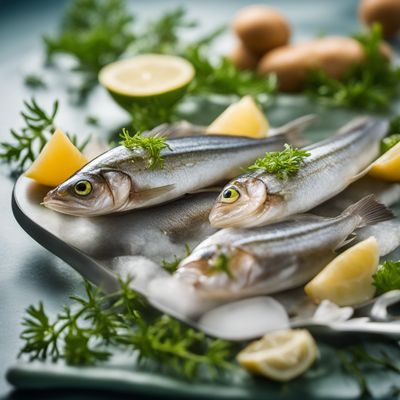
Ingredient
Anchovies
"The Savory Secret: Unveiling the Umami Delight of Anchovies"
Anchovies are small, oily fish with a distinct flavor that is both salty and savory. They have a silver-blue color and a slender, elongated shape. These tiny fish are typically cured and packed in salt or oil, which enhances their flavor and extends their shelf life. Anchovies have a soft, delicate texture and are often used as a seasoning or ingredient to add depth and complexity to dishes.
Origins and history
Anchovies have a rich history dating back to ancient times. They are believed to have originated in the Mediterranean Sea and have been a staple in Mediterranean cuisines for centuries. The Romans were known to use anchovies in their cooking, and they were highly valued for their ability to enhance the flavor of dishes. Today, anchovies are still widely used in Mediterranean, Asian, and Latin American cuisines.
Nutritional information
Anchovies are a nutritional powerhouse, packed with essential nutrients. They are an excellent source of protein, omega-3 fatty acids, calcium, iron, and vitamin D. A 2-ounce serving of anchovies contains approximately 100 calories.
Allergens
Anchovies are known to be allergenic and can cause allergic reactions in some individuals. They are a common allergen for people with fish allergies.
How to select
When selecting anchovies, look for ones that are firm and plump, with shiny skin and a fresh aroma. Avoid anchovies that appear dull, dry, or have a strong fishy smell. If purchasing canned anchovies, check the expiration date and ensure that the can is not damaged or bulging.
Storage recommendations
To maintain the freshness and quality of anchovies, store them in an airtight container in the refrigerator. If purchased in a can or jar, transfer any unused anchovies to a clean container, cover them with oil or salt, and refrigerate. Properly stored, anchovies can last for several months.
How to produce
While it is challenging to produce anchovies at home due to the specialized curing and preservation methods required, adventurous home cooks can try their hand at curing fresh anchovies in salt or oil. However, it is recommended to purchase anchovies from reputable sources for optimal quality and safety.
Preparation tips
Anchovies can be used in various ways in the kitchen. They can be filleted and added to salads, pasta sauces, or pizza toppings. They can also be mashed into a paste and used as a flavor enhancer in dressings, marinades, or dips. When using anchovies, a little goes a long way, so start with a small amount and adjust to taste. Rinse anchovies under cold water to remove excess salt before using if desired.
Substitutions
N/A (Anchovies have a unique flavor profile and there are no direct substitutes that can replicate their taste and umami richness.)
Culinary uses
Anchovies are a versatile ingredient used in a wide range of dishes. They are commonly used to flavor sauces like Worcestershire sauce, Caesar dressing, and puttanesca sauce. They can be added to pasta dishes, stews, and soups to enhance their depth of flavor. Anchovy fillets can also be wrapped around olives or capers to create flavorful appetizers.
Availability
Anchovies are commonly available in regions with access to the Mediterranean Sea, such as Italy, Spain, Greece, and France. They are also widely available in canned or jarred form in most supermarkets and specialty stores worldwide.
More ingredients from this category
Recipes using Anchovies » Browse all
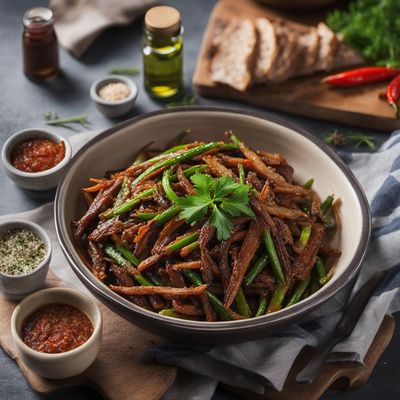
Scottish-style Anchovy Stir-Fry
Salty and Savory Scottish Anchovy Delight

Acciughe al Verde (Italian Anchovies in Green Sauce)
Savory Delight: Italian Anchovies with a Twist of Green

Crispy Provolone and Anchovy Crostini
Savory Delights: Crispy Provolone and Anchovy Crostini

Soulful Anchovy Po' Boy
Savor the Soul: Anchovy Po' Boy Sandwich

Memil Guksu with Spicy Sesame Sauce
Savory Buckwheat Noodles with a Fiery Sesame Twist
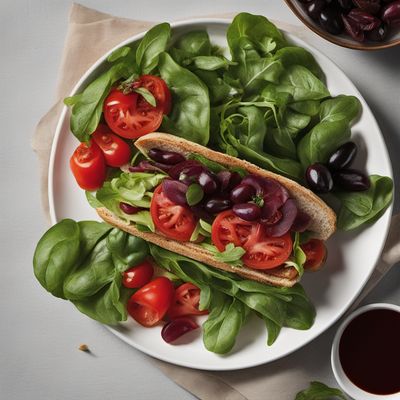
Pan-Bagnat: The Ultimate French Mediterranean Sandwich
Sun-Kissed Delight: A Taste of the French Riviera in Every Bite

Italian Anchovy Deviled Eggs
Mediterranean Delight: Anchovy-Stuffed Italian Deviled Eggs

Crispy Anchovy Delight
Savory Circassian Anchovy Fritters

Homemade Pan Mee with Spicy Anchovy Sauce
Fiery Delight: Homemade Pan Mee with a Spicy Anchovy Twist
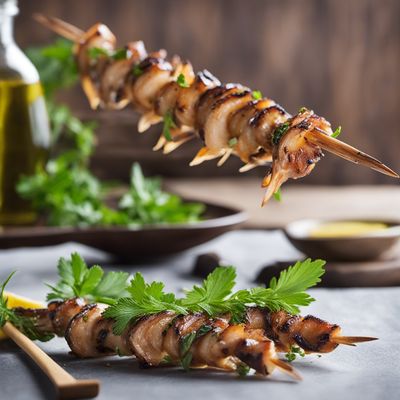
Grilled Anchovy Skewers with Lemon and Herbs
Mediterranean Delight: Grilled Anchovy Skewers with Zesty Lemon and Fragrant Herbs
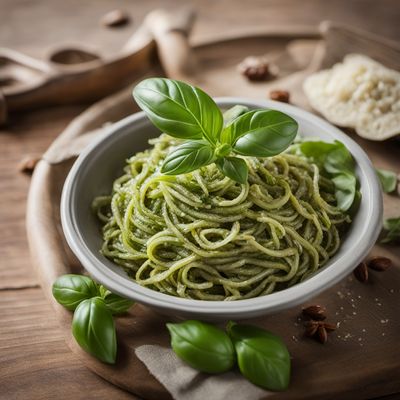
Acciughe sotto pesto with a Twist
Mediterranean Delight: Savory Anchovies in a Flavorful Pesto Marinade

Occitan-style Holstein Schnitzel
Savor the Flavors of Occitan with Holstein Schnitzel

